JLR’s breakthrough in seat foam circularity is powered by digital tools, data-driven traceability and production/supply chain collaboration. The Circularity Lab’s ‘learn through doing’ approach is setting new industry benchmarks for material reuse and sustainable innovation. Ilkhan Ozsevim reports.
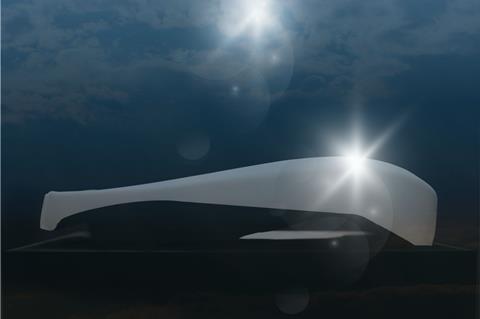
According to a joint report by the World Economic Forum, Accenture, and the World Business Council for Sustainable Development, the automotive industry could increase profitability across its value chain by 50% through achieving full circularity. This is the bare-bones economic side of the argument. Then on the environmental side, when weighing a vehicle’s overall structure, we inevitably arrive at car seats - a significant part of a car’s interior and typically accounting for around 20% of the vehicle’s total carbon footprint.
At the end of the value-chain, from production to disuse, car seats contribute close to 13,000 tonnes of annual landfill waste, according to ItRecycle. This is mountainous.
Armed with this understanding, the push for increased efficiencies among OEMs and tier suppliers has become a mainstay in automotive manufacturing, with circular production now a veritable KPI for automakers everywhere, and car seat circularity is becoming an increased focus for sustainable production.
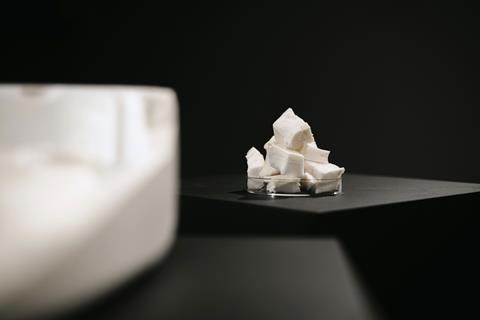
Recently, AMS reported on Jaguar Land Rover, (JLR)’s breakthrough in sustainable production, where the carmaker has created a closed-loop recycled polyurethane (PU) seat foam for use in its luxury vehicle segment. Developed in partnership with Dow, a leader in chemicals and materials science, and Adient, a global specialist in automotive seating, the innovation is an industry first and reinforces the OEM’s push for sustainable production principles in its advance towards full electrification under its Reimagine strategy.
Now AMS dives in deeper. Such a project requires not just the right vision and creativity, but the right collaborations and partnerships, and the right digital tools and principles. It’s no longer feasible to say, “sustainability”, in automotive production without first subvocalising ”digitalisation”. This is the state and destination of automotive production. And another aspect that such innovations as JLR’s cannot avoid, are challenges.
Collaboration as catalyst in JLR’s seat foam circularity project
According to Matthew Rowbottom, manager of the sustainable industrial operations team working on material circularity at JLR’s lab in Gaydon, circularity plays a major role in the carmaker’s transformation towards sustainable modern luxury. “This requires us to reassess every aspect of our business, from design and engineering through to end-of-life strategies”, he says. “True innovation in circularity cannot be achieved in isolation, so collaboration across the entire supply chain is essential to deliver meaningful change at scale.”
Polyurethane foam seats have long posed a challenge for the automotive industry due to their unyielding robustness. “While this durability makes them ideal for vehicle use,” he adds, “at end-of-life, they often end up in landfill or incineration, remaining in the environment for generations.”
Traditional recycling methods are ineffective for this type of material, so JLR partnered with material science experts to explore more advanced recycling methods. Through collaboration and knowledge-sharing, the company has successfully demonstrated the feasibility of closed-loop circularity for these foams, proving that it is indeed possible to recycle them effectively.
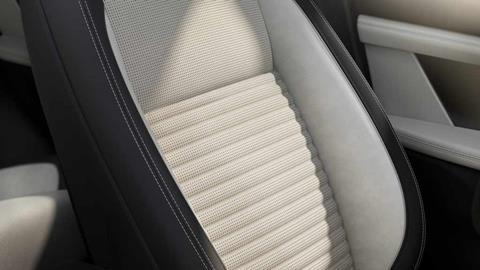
And just as there is ‘external’ (or inter-organisational) collaboration, there is also the necessary inter-departmental collaboration which enabled JLR’s circularity efforts to truly take root. JLR established an entire lab to underpin these efforts. Dubbed ‘the Circularity Lab’, the synthesising effort which now brings together experts across various fields within it, is known as the ‘learn through doing’ approach.
This approach brings together, not only cross-functional teams from within JLR, but external partners including suppliers from the OEM’s existing value chain, as well as new collaborators. “This forms a single, cohesive circular ecosystem,” says Rowbottom.
“Rather than conducting purely theoretical research, we focus on creating physical, tangible demonstrations. These not only provide technical proof of feasibility but also encourage buy-in from colleagues and partners.
“Importantly,” he says, “this approach allows us to learn just as much from failures as from successes. Understanding what does not work, enables us to refine our processes and collaborate with designers and engineers to develop improved solutions.”
“Every element of the value chain must work together to establish new supply chains, new processes, and new methods of operation”
- Matthew Rowbottom, Activations Manager, Circular Supply Chain, JLR
This iterative process supports JLR’s wider sustainability strategy, including its ambition to become a carbon net zero company by 2039. Circularity is a key pillar in achieving this, contributing to a more resource-efficient economy and creating value through the principles of reducing, reusing, and recycling materials.
The power of partnerships and aligned visions for circular production
Rowbottom says that change cannot be achieved within JLR’s silo. He points out that innovation in this space requires extensive collaboration, as circularity necessitates an ecosystem-wide approach. “Every element of the value chain must work together to establish new supply chains, new processes, and new methods of operation,” he says.
“By partnering with companies such as Dow and Adient—organisations that share our commitment to sustainability and innovation—we can accelerate progress. This collaborative approach is not new to JLR; our aluminium RealCar project, which has been ongoing for nearly a decade, exemplifies how partnerships can drive sustainable material use. “We are now intensifying our efforts to replicate this success across other materials.”
Read more sustainable produtionc stories
- JLR – Putting sustainability at the centre of its strategy
- How BMW’s San Luis Potosí leads in sustainable production
- Data-driven decision-making for sustainable automotive production
- BMW: ‘Designing for Circularity’ to lead in sustainability
Scaling the closed-loop seat foam process across JLR’s vehicle range
As a business, JLR is committed to responsible material sourcing and reducing the environmental impact of its products, says Rowbottom. “By using lower-carbon materials, including closed-loop content, we aim to extract fewer resources while maintaining our standards of quality, usability, and luxury.”
Polyurethane foam consists of two main components: isocyanate and polyol. Through its work with Dow and Adient, JLR has developed a process that generates recycled polyol using Dow’s RENUVA™ technology. “Initial lifecycle assessments suggest a 50% reduction in CO2e emissions for recycled polyol compared to virgin polyol,” says Rowbottom. “As we scale this across our vehicle range, the impact will be significant.
”Early calculations suggest this initiative could halve the CO2e emissions of JLR’s seats, reducing emissions by over 44kg per seat—an impact of considerable magnitude”
“We have already integrated up to 20% recycled polyol in industrial-scale testing and are currently assessing the maximum achievable recycled content. Additionally, we are developing a new sustainable seat concept that will incorporate this recycled foam.”
Early calculations suggest this initiative could halve the CO2e emissions of JLR’s seats, reducing emissions by over 44kg per seat—an impact of considerable magnitude.
The role of smart manufacturing, digital twins and tools in JLR’s circular economy initiatives
As a company, Rowbottom says JLR is increasingly using automated systems to capture data and generate insights that enhance process efficiency. One example is its virtual testing capabilities, where digital twins allow the vehicle producer to simulate material changes without the need for physical prototypes. The approach reduces costs and minimises waste.
“Within the Circularity Lab itself, says Rowbottom, we have developed an app that tracks vehicles and materials throughout the entire circularity process. This tool provides inventory control, real-time tracking of material flows across the UK and Europe, and a repository documenting dismantling steps and interdependencies between components.
“This digital approach enhances traceability and supports our ‘learn by doing’ methodology, enabling engineers to optimise their components for circularity.
”The Circularity Lab serves as a testing ground for these innovations, feeding insights back into vehicle development and ensuring continuous improvement”
- Matthew Rowbottom, JLR
From the Circularity Lab to the wider Reimagine strategy: An all-electric, resource-efficient future?
JLR’s Reimagine strategy sets the carmaker on a path towards becoming a sustainable modern luxury business, and circularity is critical to achieving this transformation. The OEM’s sustainability initiatives extend beyond reducing tailpipe emissions; circularity enhances supply chain resilience by decreasing reliance on raw material extraction while improving material traceability.
“However,” says Rowbottom, “to fully integrate circularity, we must rethink how we design and manufacture vehicles. Historically, cars have not been engineered with end-of-life recyclability in mind. We need to make vehicles more modular, ensuring that components can be removed, replaced, or recycled efficiently.
“Additionally, we must reconsider how materials are joined, enabling more effective disassembly and reuse. The Circularity Lab serves as a testing ground for these innovations, feeding insights back into vehicle development and ensuring continuous improvement.
The scalability and future potential of closed-loop processes for other vehicle components
One of JLR’s primary objectives is to improve the efficiency of end-of-life vehicle processing while maximising opportunities for reuse, repair, and remanufacturing. Through the Circularity Lab, the carmaker is exploring over 50 workstreams covering nearly every material and component in its vehicles.
“We believe that, over time […] most vehicle components can be integrated into circular processes”
- Matthew Rowbottom, JLR
While he couldn’t disclose the specifics at this stage, Rowbottom confirmed that JLR is actively working on closed-loop solutions for key materials, including metals, polymers, and glass. “We believe that, over time,” he says, “most vehicle components can be integrated into circular processes. Our most advanced initiatives, including the seat foam project, are already in the process of being scaled to industrial levels, with an initial focus on the UK and Europe. We aim to expand globally as these processes mature.”
When asked, if there was anything else he’d like to add, Rowbottom replied, “just that this is an exciting time for JLR’s sustainability journey. There are numerous developments underway that we are not yet able to disclose, but in the coming weeks and months, we look forward to sharing more details on further innovations in our pipeline. Watch this space!”

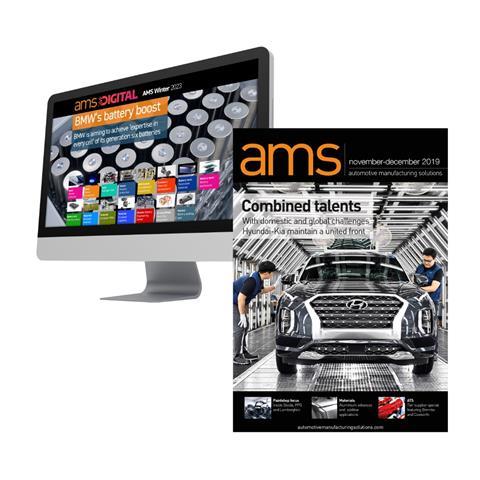
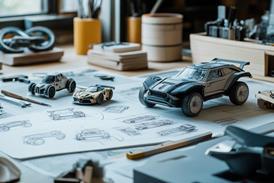
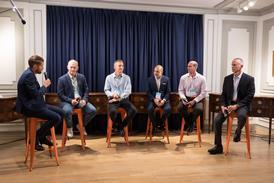
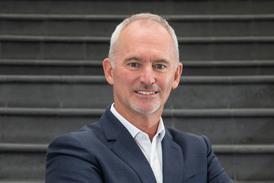



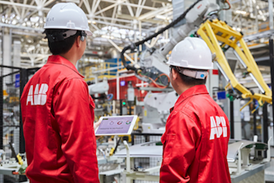
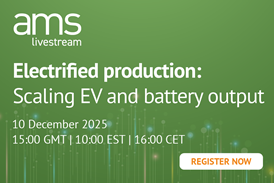
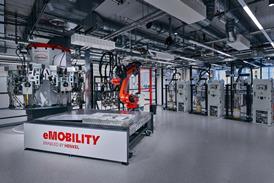


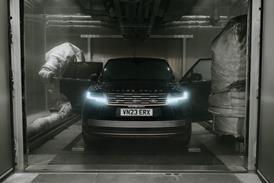
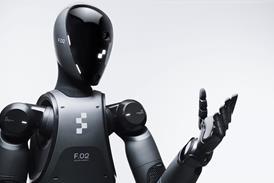
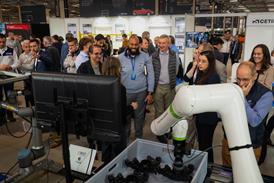
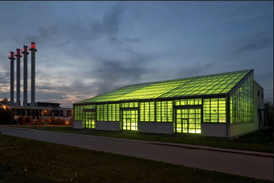
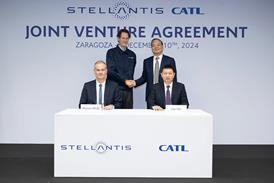
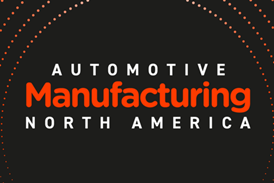
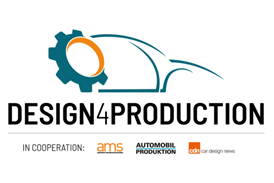
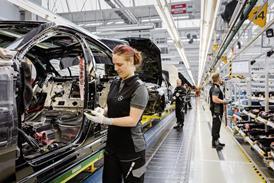
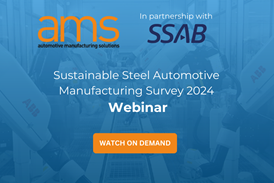
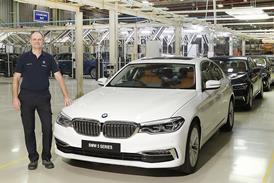
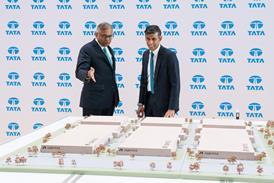

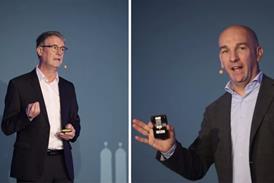
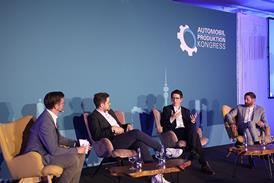
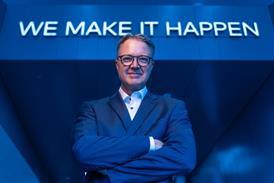
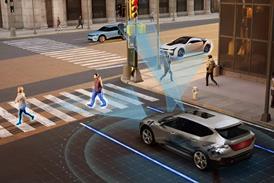
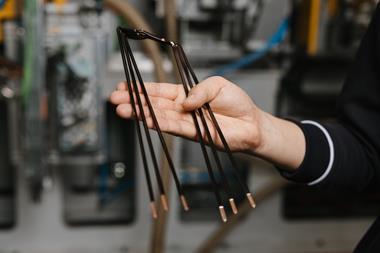
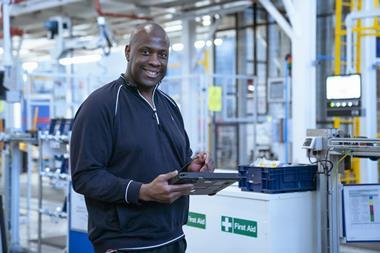


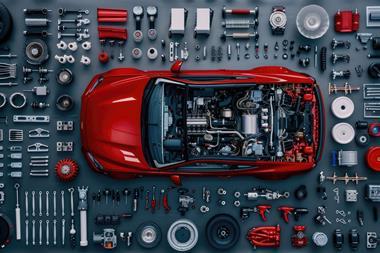
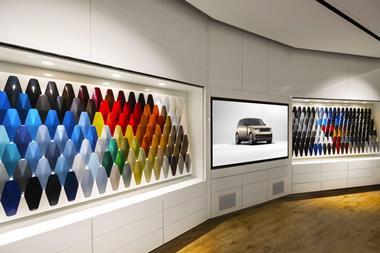



No comments yet